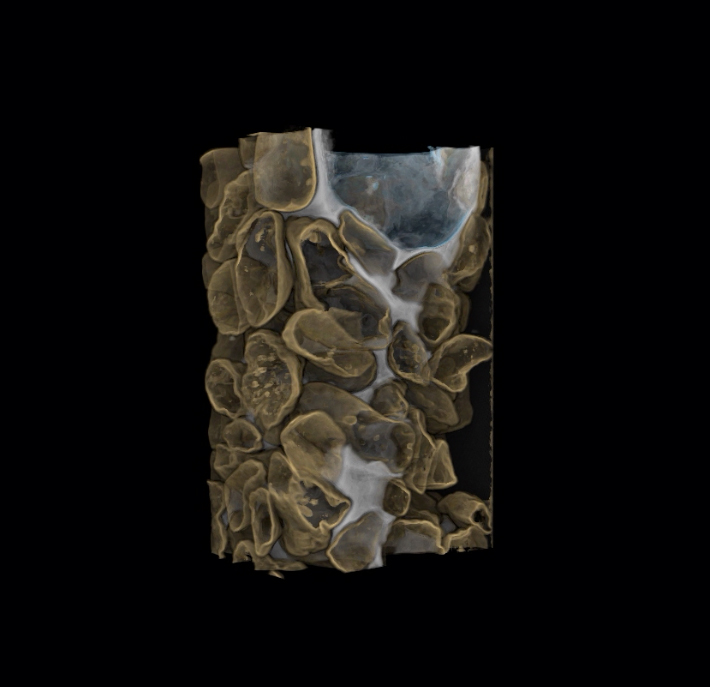
Some people dream of making Who magazine’s Sexiest People list. Others like to climb the ranks of the Forbes Rich List. At CSIRO, the champagne bottle is popped when we make the Top500 supercomputer list. Non-alcoholic, organic, generic-brand champagne, that is. We don’t want to start rumours.
In recent times, CSIRO has claimed a few top performers in the Top 500 list, which ranks the world’s most powerful supercomputers. One computer in particular is pretty special; it’s our very own graphics processing unit (GPU) supercomputer.
Not only was our supercomputer pretty fast, coming it at number 212 on this year’s Top500 announced this week at the SC11 conference in Seattle, USA. But it’s also Australia’s greenest supercomputer ranking 38 on the Green500 list due to its fast, energy-efficient GPUs.
And we’ll bask in the glory of computer speed success without fear of being called nerdy. Au, contraire. Making these lists represents some pretty cool stuff.
For starters, it means our efforts to solve the world’s big puzzles like climate change and food security can happen more quickly. Because superfast GPUs can multi-task and can do in minutes what would take any other computer days or weeks.
CSIRO materials scientist Dr Tim Gureyev and his team have been using the GPU supercomputer for the past two years.
“We have reconstructed a large number of 3D images, from areas such as biology, medical research, geosciences, material sciences, plant and insect phenomics,” said Dr Gureyev.
“Each sample contains up to 64 billion or more voxels, like a pixel for 3D images, and usually takes up to 24 hours to reconstruct on a desktop PC. We can now do that reconstruction in less than five minutes.”
This means we can learn more about the 3D structures in these samples in a snippet of the normal time without having to manually dissect to see fine details or wait hours for high resolution images to appear on a normal PC.
CSIRO eResearch Director Dr John Taylor says rankings for the Top500 list are determined using a benchmark test which measures, under certain conditions, the number of calculations a supercomputer can do per second. The Top500 list reports these results in teraflops although the fastest on the list from Japan and China are now in the petaflop scale.
A teraflop? No, it’s not the sound that hard-rocker Meat Loaf makes when he falls over. Or the title given to an Olympic diver’s failed triple pike.
Put down that champagne and tell us about teraflops, Dr Taylor.
“A teraflop is the way we measure a computer’s speed. One teraflop represents a trillion operations per second.”
“To put things in perspective, the computer you use day-to-day, can probably perform around 1 billion operations per second. You’d have to speed it up 1000 times for it to reach just 1 teraflop.”
CSIRO’s GPU runs at 75.3 teraflops per second. That’s around 75,000 times faster than your average office computer.
And that’s a pretty clever way to speed up research. Now, back to that party. Talk amongst yourselves.
CSIRO's Dr John Taylor
3D reconstruction of a sample showing sand grains with oil, water and gas within the pore structures



